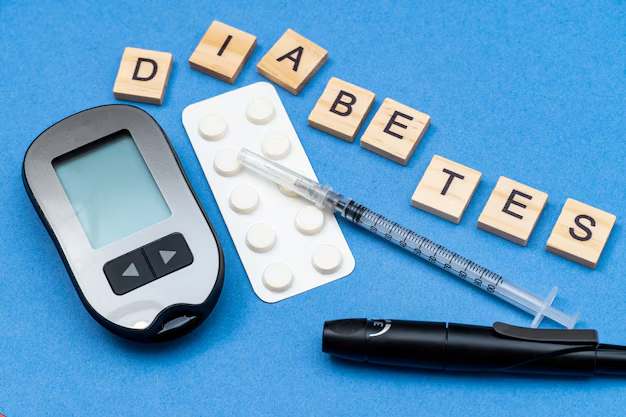Understanding the Difference Between Insulin Resistance and Diabetes
Navigating the world of health can often feel like untangling a string of complex terms and conditions. Among these are Insulin Resistance and Diabetes, two terms frequently used interchangeably but fundamentally different. Understanding these differences is crucial, not only for personal health but also for recognizing how early intervention can mitigate financial and educational burdens in managing chronic diseases.
What Is Insulin Resistance?
Insulin resistance occurs when cells in your muscles, fat, and liver don't respond well to insulin, a hormone produced by the pancreas that helps glucose enter cells to be used as energy. Your body compensates by making more insulin to help glucose absorb into your cells. Over time, this can lead to higher blood sugar levels and type 2 diabetes.
Early Signs and Risk Factors
- Increased thirst and frequent urination
- Fatigue and malaise
- Increased hunger despite eating regular meals
- Family history of diabetes
Adopting a healthy lifestyle with regular physical activity and a balanced diet can often control or slow down insulin resistance.
How Does Diabetes Differ?
Diabetes is a chronic health condition where the body is either unable to produce insulin or cannot use insulin efficiently, resulting in elevated blood glucose levels. There are primarily two types: type 1 and type 2.
- Type 1 Diabetes: An autoimmune condition where the body attacks insulin-producing cells in the pancreas. It's less common and typically diagnosed in children and young adults.
- Type 2 Diabetes: Often linked with lifestyle factors and is more prevalent in adults, though also increasingly observed in younger populations.
Bridging the Gap Through Awareness and Action
While insulin resistance is a precursor to type 2 diabetes, awareness and proactive lifestyle changes can prevent or delay the progression to diabetes, thus avoiding both health complications and financial strain.
Managing Health to Mitigate Financial Strain
Health management goes beyond combating disease; it's also about circumventing potential financial strain associated with chronic illnesses. Neglected, both insulin resistance and diabetes can result in increased healthcare costs, including medication, medical equipment, and regular monitoring.
Exploring Financial Support and Educational Opportunities
Fortunately, there are numerous government aid programs, financial assistance options, and educational grants available to support individuals dealing with insulin resistance and diabetes. These resources can help ease the financial burden and provide the necessary support in managing health effectively.
📝 Key Financial and Educational Resources:
- Medicaid and Medicare: Federal programs that assist with medical costs and offer extra help for medication expenses.
- Health Insurance Marketplace: Provides options to find affordable health insurance plans that cover diabetes care.
- Supplemental Security Income (SSI): Offers financial help for individuals with disabilities, including severe cases of diabetes.
- Employee Assistance Programs (EAPs): Available through many workplaces, offering support resources for managing health conditions.
- Scholarships for Students with Chronic Illnesses: Educational grants for students to alleviate the cost of education while managing health challenges.
- Credit Counseling Services: Helps in managing debt incurred due to medical expenses, ensuring better financial planning and stability.
Managing conditions like insulin resistance and diabetes requires a holistic approach that includes understanding medical differences and leveraging available resources for financial and educational support. Taking steps early can protect against the progression of conditions and provide stability in both health and financial spheres.
